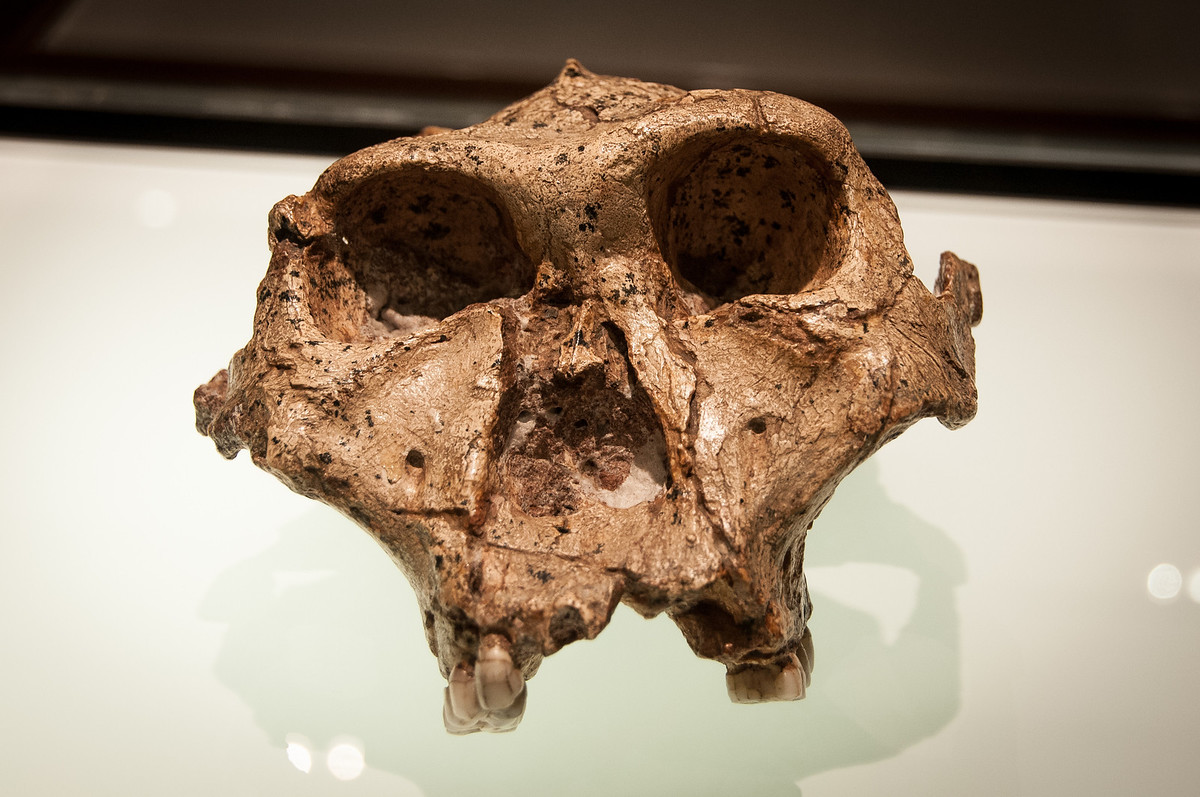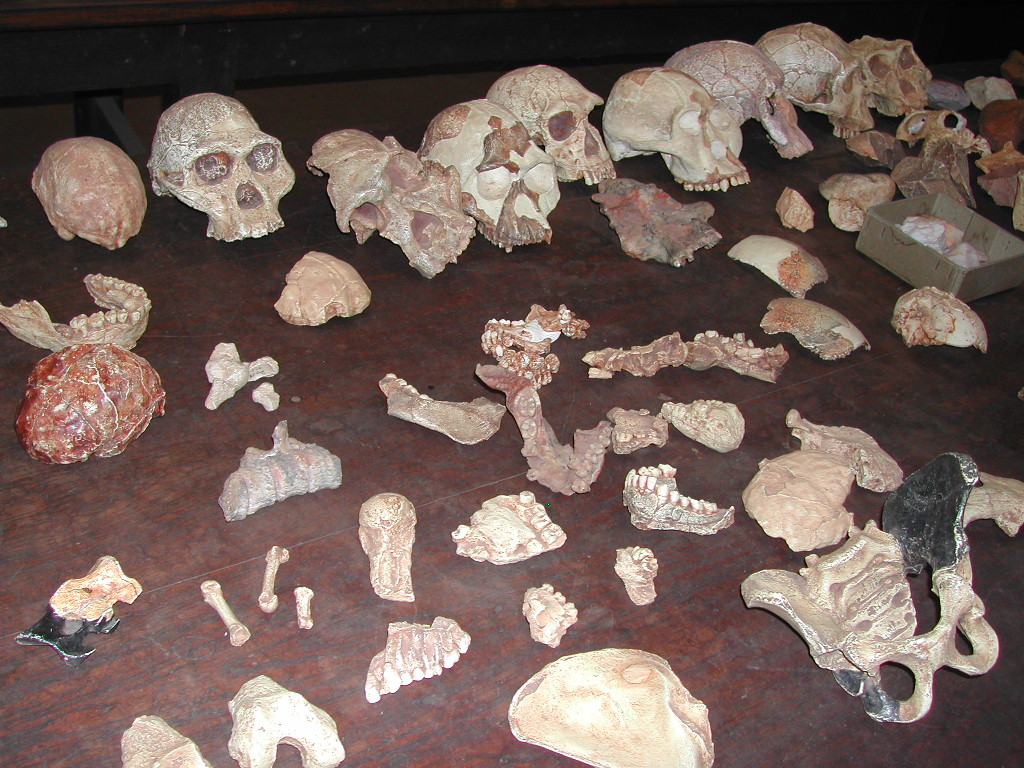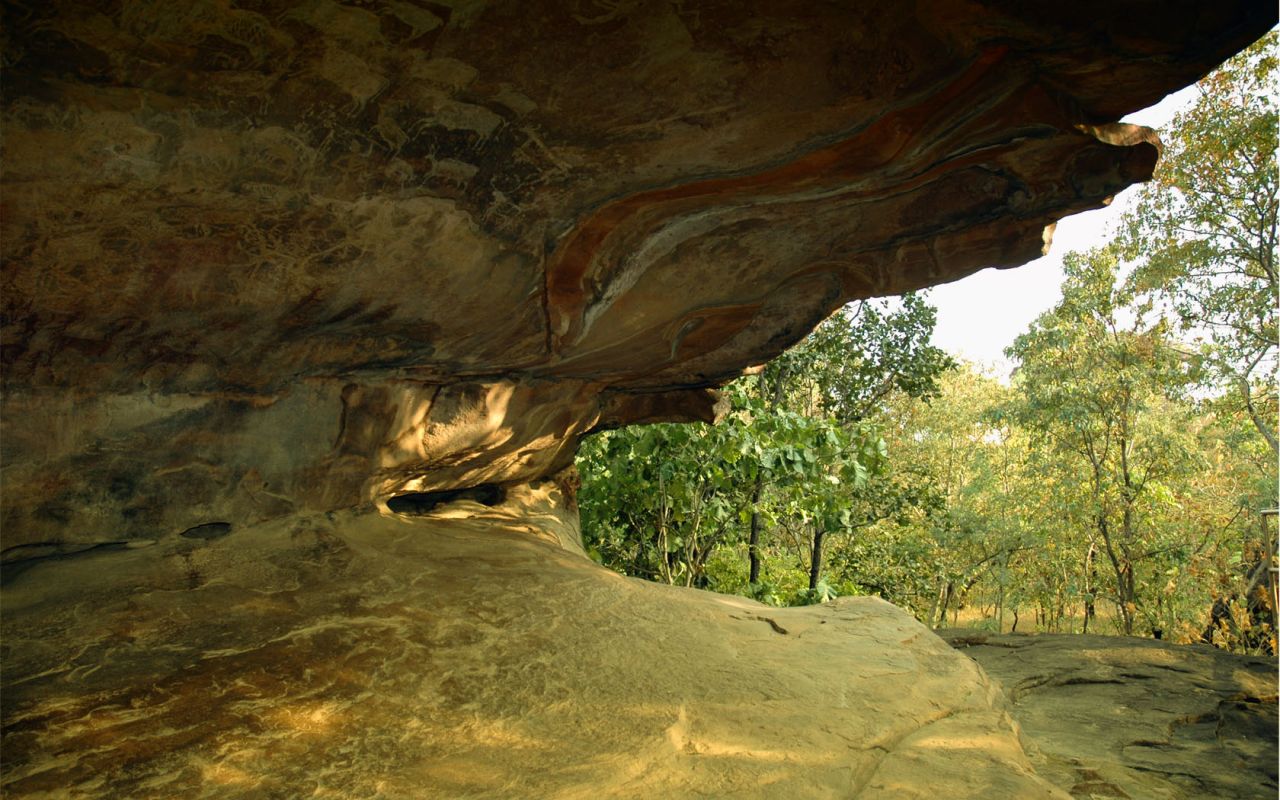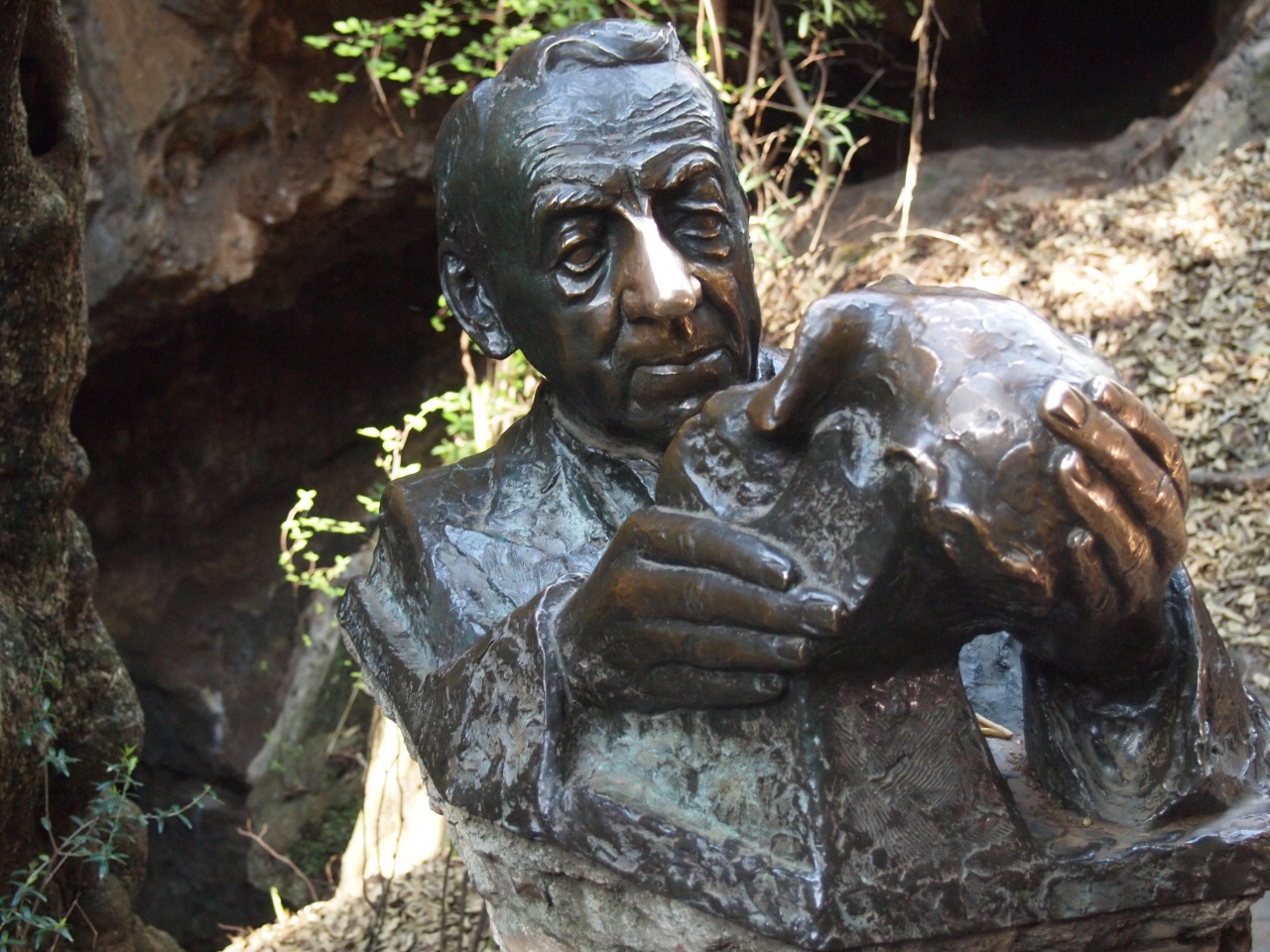The Taung Skull Fossil Site, part of the extension to the site inscribed in 1999, is the place where in 1924 the celebrated Taung Skull – a specimen of the species Australopithecus africanus – was found. Makapan Valley, also in the site, features in its many archaeological caves traces of human occupation and evolution dating back some 3.3 million years. The area contains essential elements that define the origin and evolution of humanity. Fossils found there have enabled the identification of several specimens of early hominids, more particularly of Paranthropus, dating back between 4.5 million and 2.5 million years, as well as evidence of the domestication of fire 1.8 million to 1 million years ago.
The undulating landscape containing the fossil hominid sites of South Africa comprises dolomitic limestone ridges with rocky outcrops and valley grasslands, wooded along watercourses and in areas of natural springs. Most sites are in caves or are associated with rocky outcrops or water sources. The serial listing includes the Fossil Hominid Sites of Sterkfontein, Swartkrans, Kromdraai and Environs, and the Makapan Valley and Taung Skull Fossil Site. The Taung Skull, found in a limestone quarry at Dart Pinnacle amongst numerous archaeological and palaeontological sites south-west of the Sterkfontein Valley area, is a specimen of the species Australopithecus Africanus. Fossils found in the many archaeological caves of the Makapan Valley have enabled the identification of several specimens of early hominids, more particularly of Paranthropus, dating back between 4.5 million and 2.5 million years, as well as evidence of the domestication of fire 1.8 million to 1 million years ago. Collectively these sites have produced abundant scientific information on the evolution of modern humans over at least the past 3.5 million years. They constitute a vast reserve of scientific information, with enormous potential.
The sites contain within their deposits all of the key interrelated and interdependent elements in their palaeontological relationships. Alongside and predating the hominid period of occupation is a sequence of fossil mammals, micro-mammals and invertebrates which provide a window onto faunal evolution, palaeobiology and palaeoecology stretching back into the Pliocene. This record has come to play a crucial role in furthering our understanding of human evolution and the appearance of modern human behaviour .
The fossil evidence contained within these sites proves conclusively that the African continent is the undisputed Cradle of Humankind.













